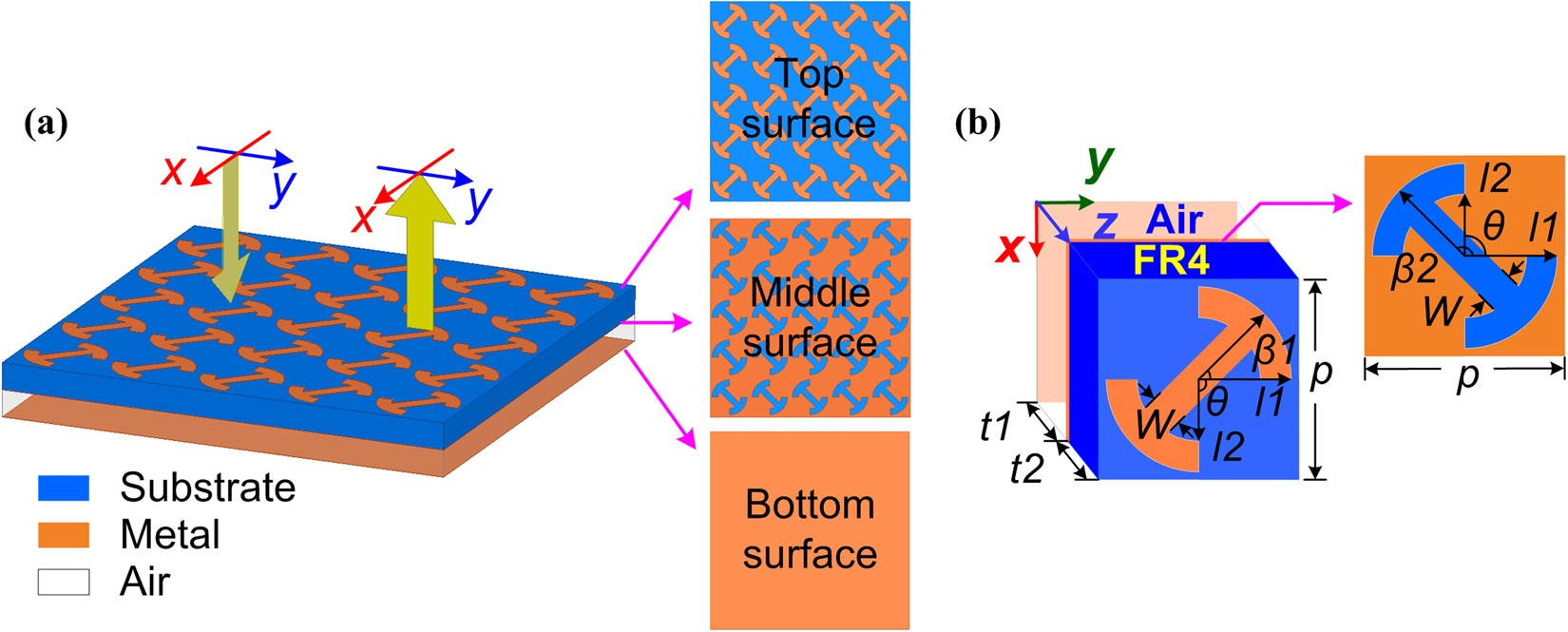
In this study, we have performed the conception and the achievement of a new low cost rectangular planar antenna by using slot technique for bandwidth improvement. After many optimizations of the antenna structure, we have validated the antenna structure with a bandwidth of 500MHz. In this paper, a dual-polarized patch antenna capacitively coupled through four feeds is proposed. Compared with other dual-polarized patch antennas reported, the bandwidth of the proposed antenna is significantly increased and an impedance bandwidth of over 110% is obtained by applying such feeding mechanism.
In this article, a broadband dual-polarized dipole antenna for mobile communication systems is proposed. The design is based on improvements to conventional bowtie dipole antennas, thereby simultaneously achieving wider bandwidth and a more compact size. The antenna consists of a metallic plate reflector and a pair of orthogonal planar dipoles with U-shaped slots, which are separately excited by T-shaped feeding lines. The application of U-shaped slots and T-shaped feeding lines effectively extends the impedance bandwidth. Additionally, using a new approach of adding metallic cylinders to each dipole improved impedance matching. Experimental results indicated that the designed dual-polarized antenna achieved a notably wide bandwidth (1.58–2.82 GHz). Further, the measured isolation between the two ports was better than 30 dB and cross-polarization level was less than –25 dB on the axis. Moreover, the antenna had stable radiation patterns with half-power beam width of 65° ± 5° on the horizontal plane and an average gain of 8.2 dBi over the operating band. Importantly, these parameters collectively meet current telecommunications industry standards.

